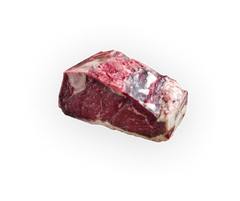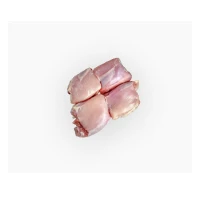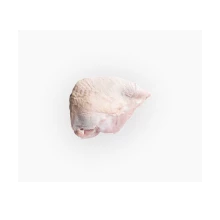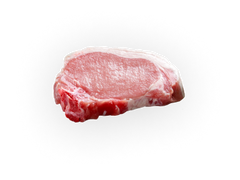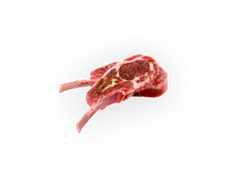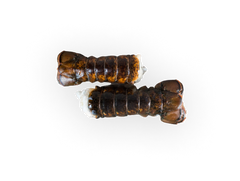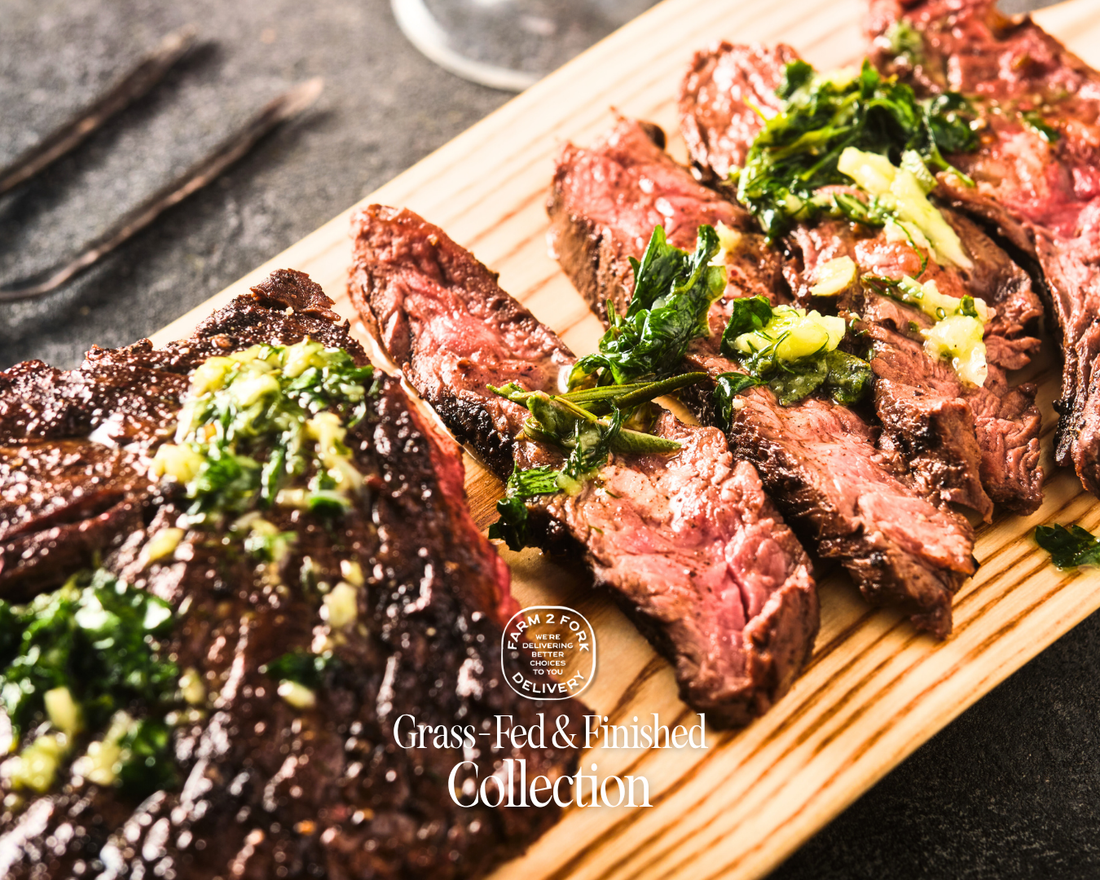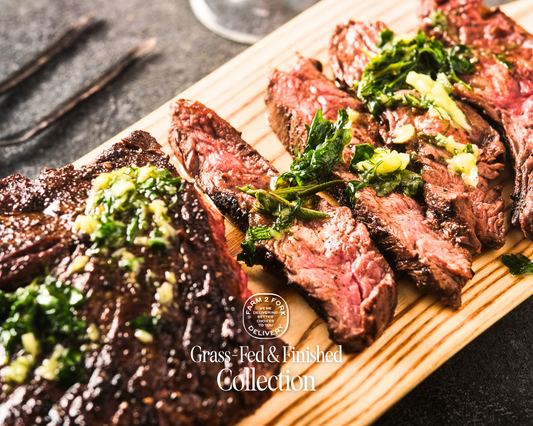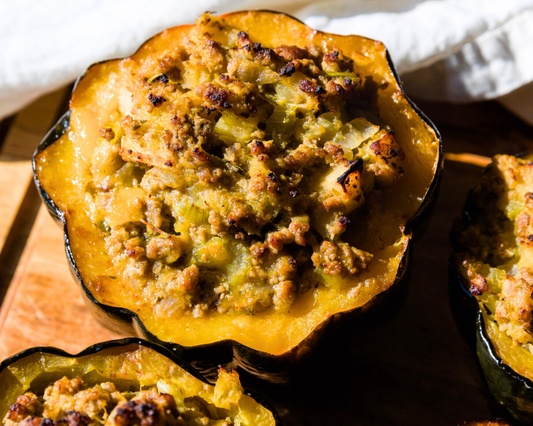When it comes to choosing high-quality meat for your family, there’s a growing conversation around grass-fed and finished options. In Canada, more consumers are becoming aware of what these terms actually mean—and how they impact flavour, nutrition, animal welfare, and even the environment. The real value of grass-fed and finished products goes far beyond cost. Let’s break down what makes them worth every bite.
What “Grass-Fed” and “Grass-Finished” Really Mean
The difference between grass-fed and grass-finished meat can be subtle but significant.
-
Grass-fed animals are raised primarily on pasture, eating grass for most of their lives, but they may still be “finished” on grain before slaughter.
-
Grass-fed and finished, on the other hand, means the animal ate grass and forage for its entire life—never grain-fed, not even in the final weeks.
In Canada, where farming regulations and quality standards are generally strong, truly grass-finished meat represents the most natural approach to raising livestock. These animals roam freely, graze on open pastures, and live in conditions closer to their natural habitat. This difference in diet and lifestyle affects everything—from the nutritional profile of the meat to its taste and tenderness.
Nutritional Benefits: Better Fats and More Nutrients
Grass-fed and finished meat is often praised for being healthier, and science supports that claim. Compared to conventionally raised beef, grass-fed cuts contain:
-
Higher omega-3 fatty acids: These heart-healthy fats are known for reducing inflammation and supporting brain health.
-
More conjugated linoleic acid (CLA): This fatty acid has been linked to improved immune function and fat metabolism.
-
Increased vitamins A, E, and antioxidants: Because grass-fed animals consume a variety of natural grasses, their meat contains higher levels of antioxidants and micronutrients.
While these differences might sound small, they add up—especially if you’re someone who prioritizes clean eating, balanced nutrition, and knowing exactly what goes into your food.
Flavour and Texture: A Distinctive Experience
One of the first things you’ll notice when cooking grass-finished meat is the taste. It’s richer, more complex, and often described as having a subtle “earthy” or “wild” flavour that reflects the animal’s natural diet.
Grass-fed fat tends to be slightly more yellow due to higher beta-carotene levels, and the meat itself is typically leaner. This means it cooks faster than grain-fed beef—something to keep in mind when preparing your next steak or roast.
For Canadians who love supporting local farms, grass-finished meat also offers a sense of regional authenticity. You’re not just buying beef or lamb; you’re tasting a product that reflects the soil, pasture, and climate of the Canadian landscape. That’s true terroir, just like fine wine.
Animal Welfare and Ethical Farming
Beyond nutrition and taste, there’s the ethical value. Grass-fed and finished livestock are raised on pasture, with access to fresh air, space, and natural behaviours like grazing, roaming, and socializing.
This kind of farming promotes humane treatment and reduces the need for confinement, antibiotics, and stress-inducing feedlot conditions. It’s a win-win: healthier animals produce better meat.
Many Canadian farmers who raise grass-finished animals also follow regenerative or sustainable farming practices. These methods help restore soil health, promote biodiversity, and even capture carbon in the ground. When you choose grass-finished, you’re supporting a cycle that respects both animals and the planet.
Environmental Impact: Sustainability from the Ground Up
There’s an ongoing debate about livestock and the environment, but not all farming methods are created equal. Grass-fed and finished systems, when managed properly, can actually have a positive impact on ecosystems.
Rotational grazing—where animals are moved frequently between pastures—helps regenerate grasslands, prevent erosion, and build healthy soil. Healthy soil, in turn, stores more carbon and retains water better, making farms more resilient during droughts.
Moreover, grass-fed operations rely less on imported grains and synthetic fertilizers, reducing their carbon footprint. In Canada, where open pastures are abundant, these systems make excellent use of natural resources that can’t otherwise be used for crops.
Choosing local, grass-finished meat helps ensure that your food dollars support Canadian farmers who are committed to environmentally conscious practices. It’s a tangible way to contribute to sustainability, one meal at a time.
Economic and Community Value
Buying grass-fed and finished meat isn’t just about personal health or ethics—it’s also about supporting the local economy. It helps sustain family farms, create jobs, and preserve agricultural traditions that are disappearing in the face of industrial food systems.
The Real Cost vs. Real Value
When you factor in the broader benefits—nutrition, sustainability, animal welfare, and community impact—the price difference makes sense.
Think of it as an investment: you’re paying for meat that’s healthier, cleaner, and ethically produced. You’re also helping to fund farming systems that take care of the land for future generations. For many Canadians, that’s worth far more than saving a few dollars.
Plus, grass-fed and finished meat tends to be more nutrient-dense, meaning you can often enjoy smaller portions while still feeling satisfied. Cooking with care—such as using low and slow methods for roasts or marinating steaks for tenderness—can also help you make the most of every cut.
